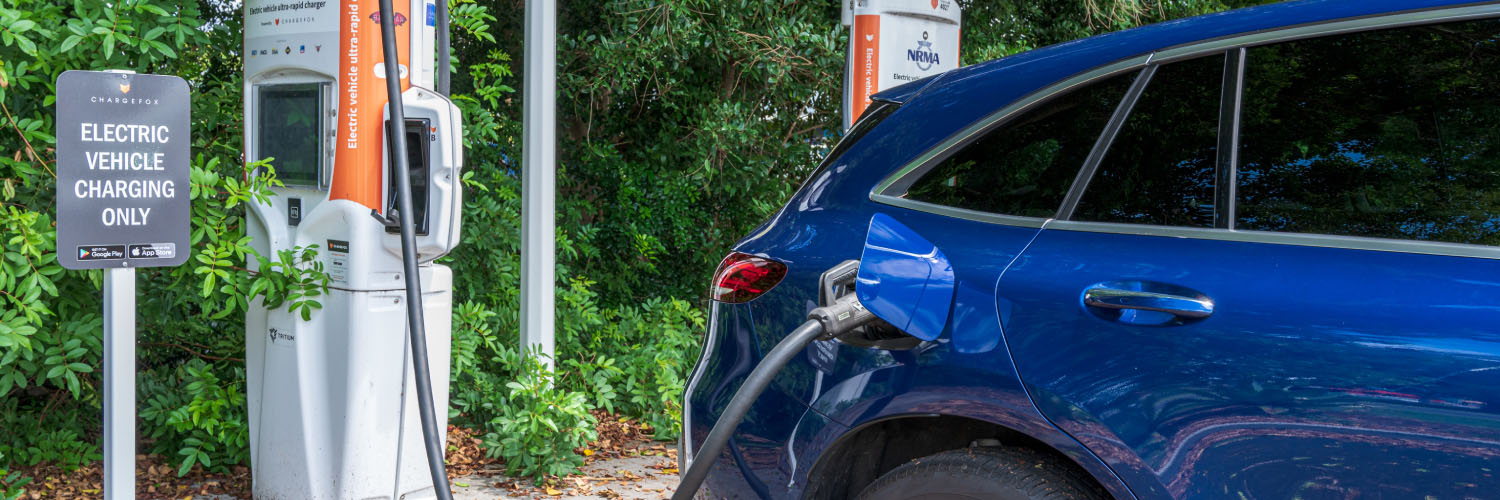Climate change is increasing the region’s vulnerability to shocks, stresses and natural hazards. This includes bushfires, heatwaves, droughts, coastal hazards, rising sea levels, storms, floods, acid sulfate soils and landslips.
Read objective 5 (PDF, 15.4 MB) of the regional plan to find out more about our approaches.
Download the North Coast Regional Plan 2041 (PDF, 15.4 MB).
Planning for natural hazards
The State-wide Natural Hazards Package guides how natural hazard risk is to be considered in local land use planning. It focuses on collaboration, including across state and local government, and with risk and emergency managers and asset owners.
The regional plan encourages investigations into the risks of shocks and stresses early in decision-making, particularly when planning for future growth and development.
This includes appropriate zoning and development controls so that land for new housing, employment areas or critical infrastructure is located away from areas of known high bushfire risk, flood and coastal hazards.
Adaptation
Temperatures and extreme weather events on the North Coast are expected to increase.
Droughts may cause large scale bushfires, and extreme rainfall can cause floods. These events, combined with intense storms and sea level rise, have major impacts on catchments, people and places.
The regional plan sets out how we can adapt to the changing climate. By anticipating the occurrence and impacts of these events, we will all be in a better position to resist, absorb, accommodate and recover from a range of risks.
Building back better
Following the catastrophic floods in the Northern Rivers in February and March 2022, the NSW Independent Flood Inquiry made 28 recommendations.
These covered emergency management arrangements, land management and planning, equipment and technology, capacity and capability building and research.
We want to build back better and create more resilient communities through what we’ve learned and the latest evidence.
Building back better seeks to understand the threshold of tolerable risk so that recovery reduces risk. Buildings and infrastructure will be rebuilt to higher standards, or relocated where this is not possible.
